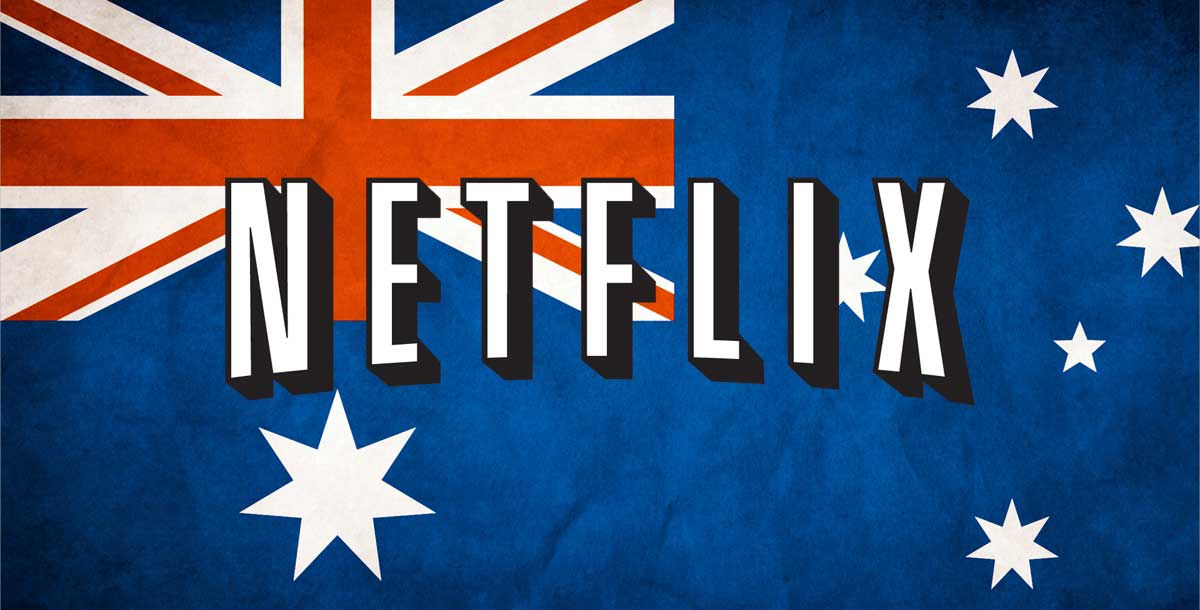• 21% Australian consumers using FTA catch-up, 13% using Netflix
More than half of Australians (52%) are accessing video content on demand, according to new data* from emma (Enhanced Media Metrics Australia), which for the first time casts light on who is consuming streaming video on demand (SVOD) channels.
“The State of Video on Demand” emma report has found that of the 9.3 million people using an SVOD service, 3.9 million use free catch-up TV, while Netflix has the greatest market share among paid subscription services, reaching more than 2.3 million Australians.
“This is the first analysis available that profiles the people consuming streaming video services, not just the number. The emma segments, developed by Ipsos, provide valuable insights for this relatively new but rapidly growing streaming phenomenon,” Ipsos Connect executive director – emma, Jane Nicholls, said.
“With several new players now eyeing the Australian market, we expect this unique data will help guide media agencies and advertisers to better understand the existing streaming channel customers using emma’s insights.”
SVOD consumers display similar characteristics, depending on their channel selections, and emma uses Ipsos’s unique consumer segments to delve into the profile of these consumers.
• Free-to-air (FTA) catch-up TV – used by 21% of Australians who are those who enjoy the latest technology. Consumers who use free channels such as ABC’s iview, PLUS7, SBS on Demand and tenplay, skew towards the emma “Conscientious Consumption” segment. They have high incomes but are financially conservative and are strongly engaged with new technology and social media. They are heavier users of mobile and more likely to research online.
• Foxtel Play – used by 4.5% of Australians who are characterised as mature couples driven by success. In the ‘Educated Ambition’ segment, these users see career achievement as their top priority, are highly educated, urban dwellers, who own a home and are particularly ‘alpha’ females without children.
• Stan – used by 2.3% of Australians usually with families or in shared households seeking value for money, a Stan user is in the “Conscientious Consumption” segment. They are middle class, financially conservative and believe in the public school system. They shop for bargains and skew towards people aged 30 to 44.
• Netflix – used by 13% of Australians who are typically young professionals. Netflix users are more likely to reside in the “Affable Awareness” segment and are young, urban dwellers with an average age of 35, with high levels of education. They use technology and gaming, stream music, TV and movies and frequent cinemas.
• Presto – used by 1% of Australians. This group is typically young families and in the “Sensible Traditionalists” segment. They are motivated and conscientious middle class families, who place importance on health and wellbeing. They like quality but avoid debt and risk and have a high proportion of savings. They have children under the age of 18 at home and are solely or mainly responsible for grocery shopping.
Fetch TV, Apple TV and Google Play are also measured in the emma survey but are not included in this analysis which focuses on pure play SVOD channels.
* Source: emma conducted by Ipsos Connect. 12 months ending December 2015, people 14+. Stan based on 8 months ending November 2015, people 14+. Quickflix, Foxtel’s Subscription Platform, YouTube, BigPond Movies and all other hardware devices not available at time of reporting.
About Ipsos’ consumer segmentation
The segmentation is based on creating groups of individuals by combining the individual’s psychological profile according to the “Big Five” framework with another group of attributes including how the individual relates to external and societal concerns. The first group of characteristics (the “Big Five” measures or “heart”) measures the extent to which the person is (for example) agreeable, compassionate, conscientious or extroverted while the second group (the “head”) provides a measure of the person’s attitudes towards key social issues, such as the economy, immigration and education. The classification of each individual on these dimensions results in each person being attributed to one of the 10 segments and creates an insightful study of the contemporary Australian consumer.
Source: emma/Ipsos Connect
